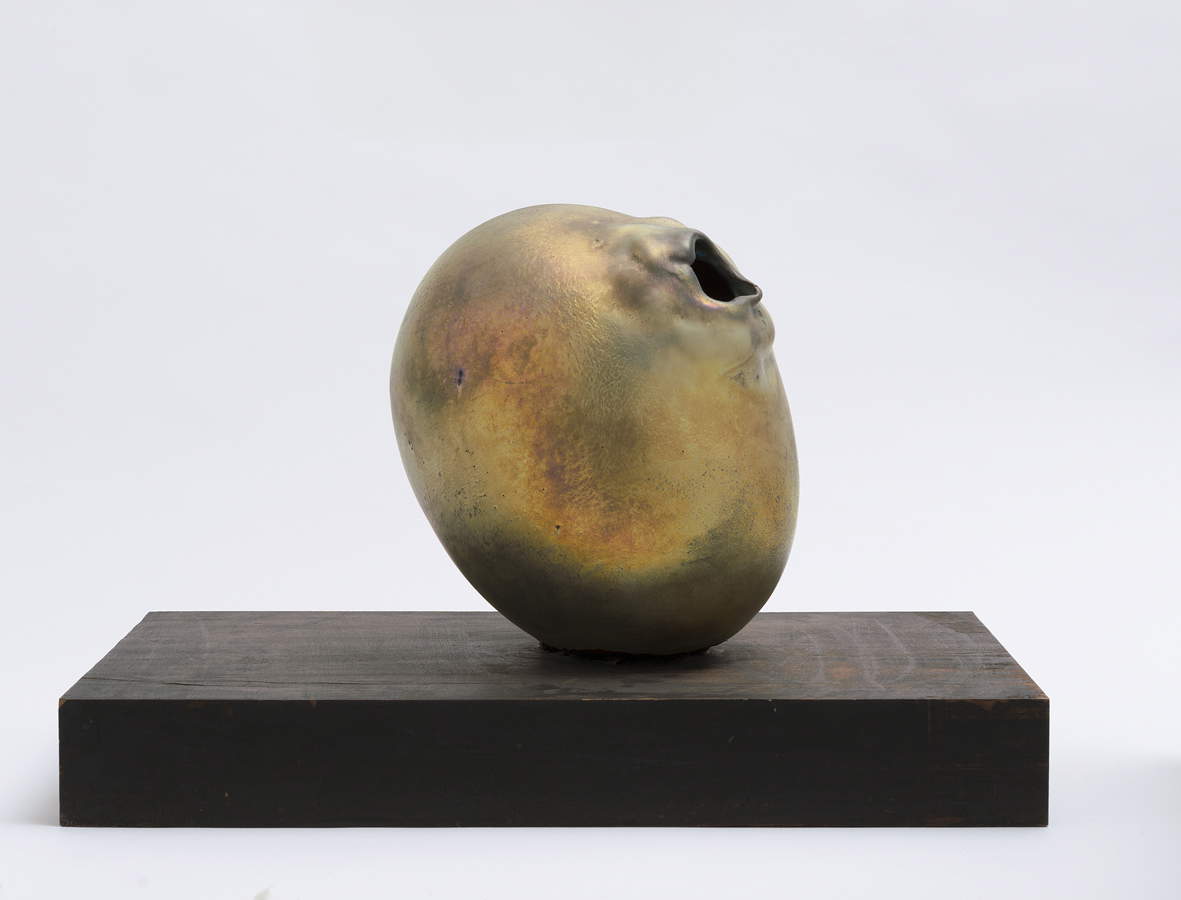From October 11, 2025 to March 2, 2026, the Peggy Guggenheim Collection in Venice presents Mani-Fattura: the Ceramics of Lucio Fontana, the first museum exhibition entirely devoted to the ceramic works of one of the 20th century’s most innovative and iconic artists. Although most famous for his cut and pierced canvases that have marked the history of contemporary art, Fontana emerges in this exhibition by showing his deep connection with the material of clay, a fundamental element in his artistic research since the 1920s in Argentina.
Curated by art historian Sharon Hecker, this monograph offers an analysis of Lucio Fontana’s ceramic production, proposing a path that spans almost his entire artistic life. As the curator points out, “long associated with craft rather than art, today Fontana’s ceramics are receiving new attention thanks to the renewed interest in this material in contemporary art.”
The exhibition brings together some 70 historical works, many never before exhibited, from important public and private collections. The breadth of Fontana’s production in ceramics emerges in all its richness, made up of one-of-a-kind pieces and mass-produced objects, with a variety of forms and techniques ranging from recognizable figurations such as women, sea animals, harlequins and warriors, to creations of an abstract nature.
Fontana recovers and transforms ancient rituals related to the ceramic material, working clay with an original approach. His activity spans the years in Argentina, passing through his return to Italy during the Fascist regime, a subsequent Argentine sojourn during the war, to the postwar period and the Italian economic boom, when Fontana established his ceramic workshop in Albissola Marina. During this time frame he also created objects for private interiors, such as plates, crucifixes, fireplaces and handles, often in collaboration with prominent architects and designers.

Fontana did not limit himself to art objects but integrated ceramics intoMilan’s urban architecture, collaborating with architects to create ceramic friezes on building facades and sculptures for public spaces, churches, schools, cinemas, hotels and tombs. These works, which can still be found in the city, testify to the originality and strength of his work in applied art.
The exhibition also features archival photographs of Fontana at work, emphasizing the crucial role of the hand in the creative act and the artist’s intimate relationship with material. This aspect offers a more informal and collaborative image of Fontana, far from the solitary and hypermasculine figure associated with his canvases.
Mani-Fattura therefore invites us to rethink Fontana not only as a pioneer of spatialism and conceptual art, but also as an artist deeply connected to the material, attentive to the tactile and expressive qualities of clay. One critic of the time described his ceramics as Fontana’s “second soul,” a dimension often overlooked but rich in stimuli and experimentation.
The exhibition also highlights the enduring relationships that influenced his ceramic practice, particularly with ceramist and poet Tullio d’Albisola and with the Mazzotti ceramic factory in Albisola, creating a lively and fertile dialogue with the local territory and traditions. “Clay emerges as a container of vital experimentation, multiplicity and fertility,” explains the curator.
Accompanying the exhibition is an illustrated catalog published by Marsilio Arte, which includes critical essays by curator Sharon Hecker and scholars Raffaele Bedarida, Luca Bochicchio, Elena Dellapiana, Aja Martin, Paolo Scrivano and Yasuko Tsuchikane. These texts delve into various aspects of Fontana’s ceramic practice and its historical, social and cultural contexts, offering a valuable tool for scholars and enthusiasts alike.
The exhibition, supported by Bottega Veneta, is enriched by an articulated program of free collateral activities, promoted thanks to the Araldi Guinetti Foundation in Vaduz, ranging from meetings to workshops and in-depth studies, with the aim of engaging the public in a direct dialogue with Fontana’s work and visual language.
 |
| The Peggy Guggenheim Collection dedicates a major exhibition to the ceramics of Lucio Fontana |
Warning: the translation into English of the original Italian article was created using automatic tools. We undertake to review all articles, but we do not guarantee the total absence of inaccuracies in the translation due to the program. You can find the original by clicking on the ITA button. If you find any mistake,please contact us.